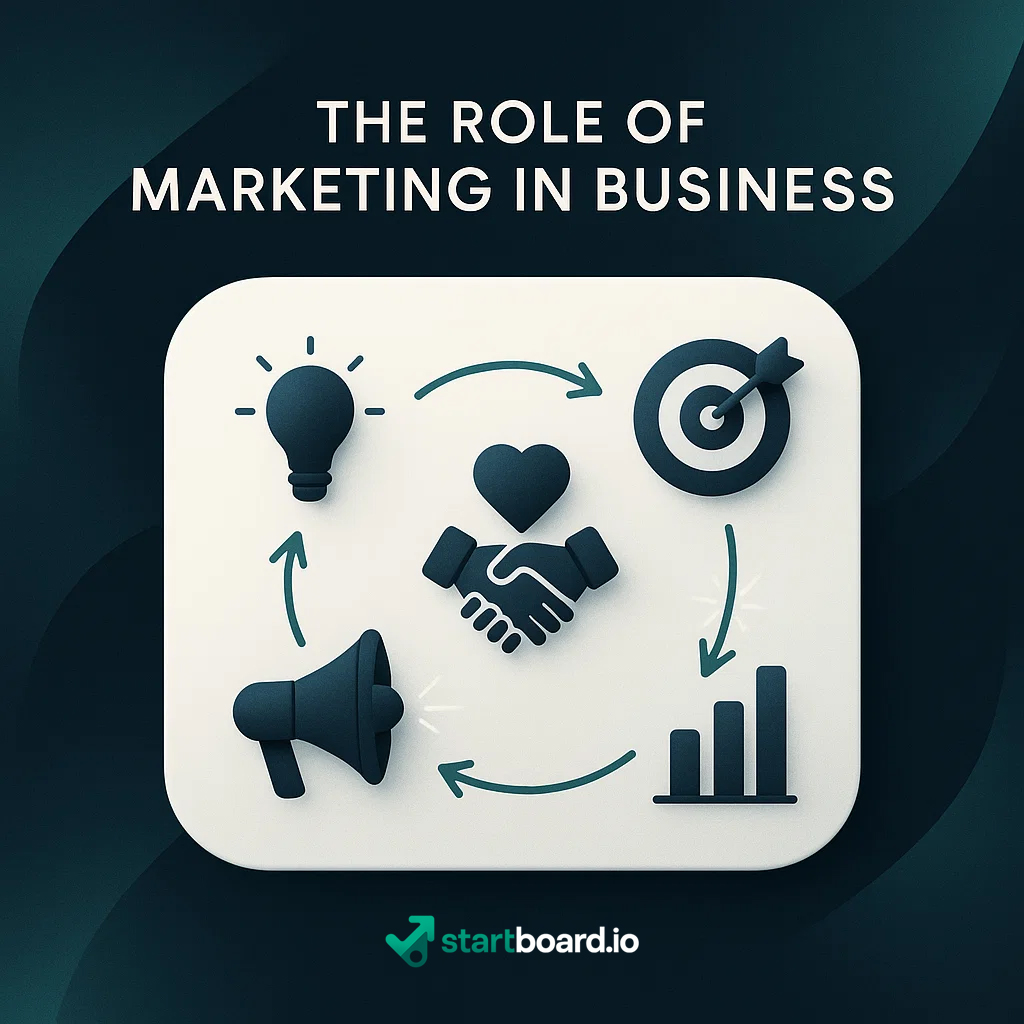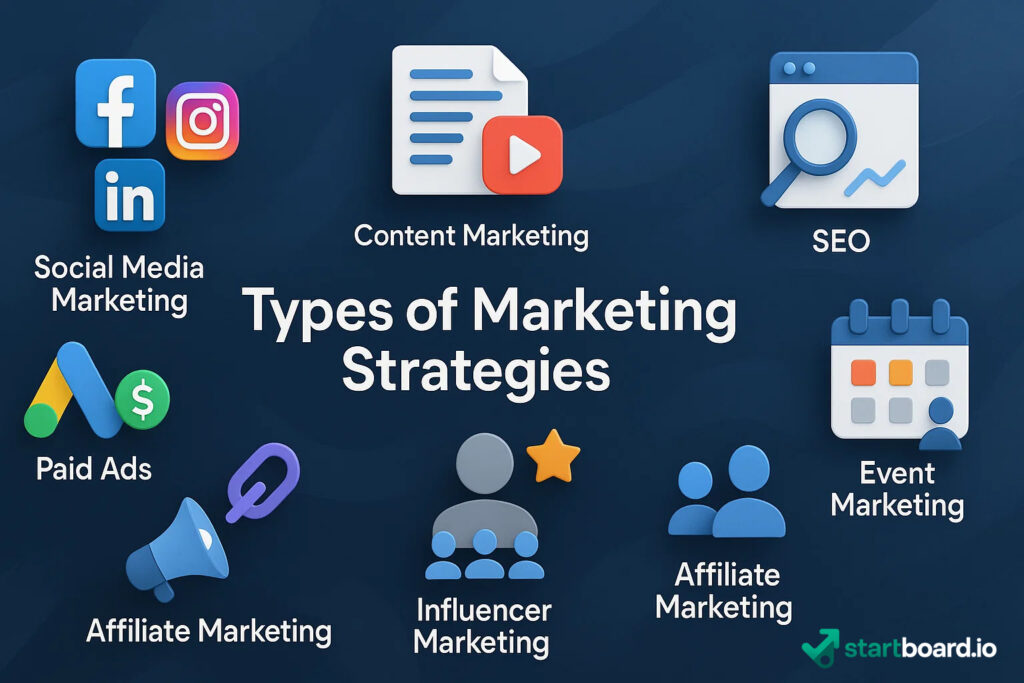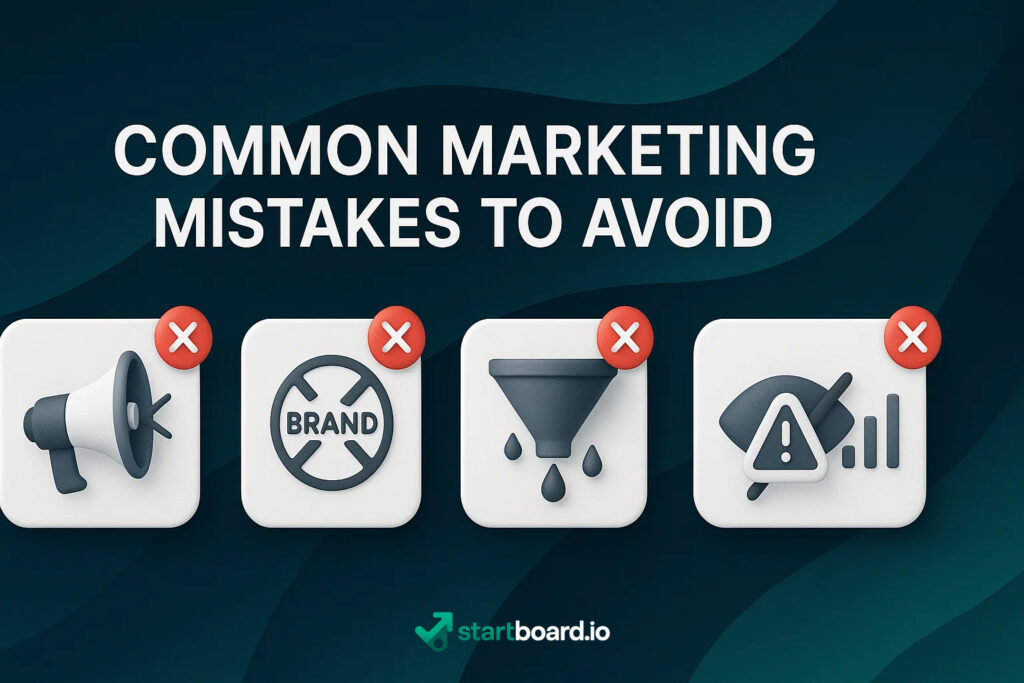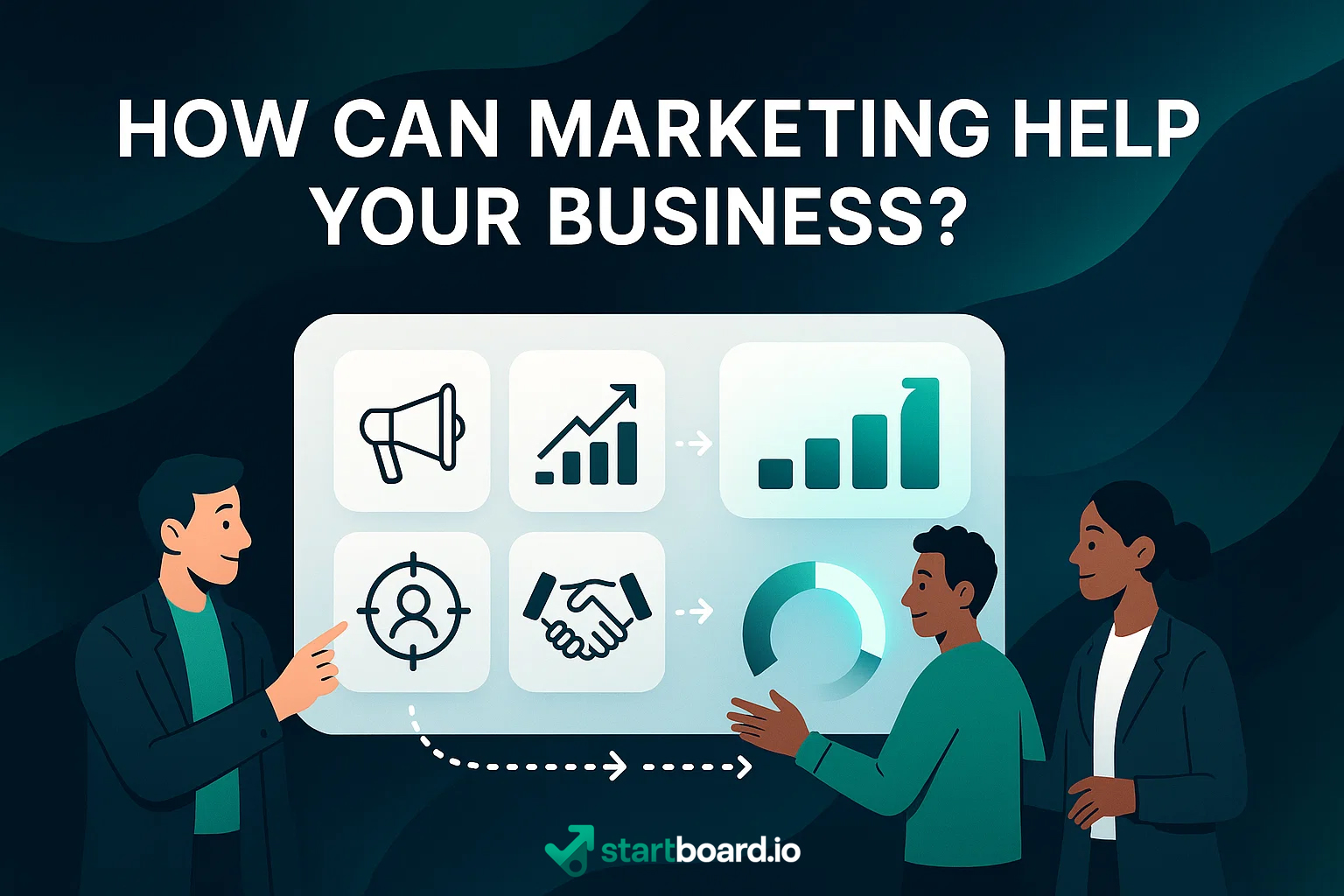Marketing isn’t just about catchy ads or viral social media posts—it’s the secret engine that powers business growth, shapes your reputation, and keeps your customers coming back. Whether you’re running a startup or scaling an established company, a smart marketing strategy can mean the difference between “just getting by” and truly thriving.
But how, exactly, does marketing move the needle for your business? In this article, we’ll break down the real impact of marketing—showing how the right tactics can boost your visibility, attract new customers, and build a brand people actually remember. If you’ve ever wondered whether investing in marketing is worth it, or how to start, you’re in the right place.
Ready to see what marketing can do for your business? Let’s dive in.
The Role of Marketing in Business

In today’s crowded marketplace, marketing is far more than just advertising—it’s the bridge between your company and your customers. The primary purpose of marketing in modern business is to clarify your value proposition: why people should choose you over anyone else. By defining and communicating what sets your business apart, you establish a strong market positioning and give your brand a voice that stands out.
But marketing doesn’t stop at getting attention. Smart strategies are built to spark interest and drive demand generation—turning prospects into active leads and leads into loyal clients. Effective marketing creates ongoing conversations, nurtures relationships, and keeps your business top of mind, even after the first sale.
Ultimately, the best marketing doesn’t just win customers—it fosters customer retention. By delivering value, telling your story, and staying connected, your marketing efforts turn one-time buyers into brand advocates, fueling sustainable growth for your business.
Key Benefits of Marketing for Your Business
Effective marketing powers lead generation and fuels your pipeline with new opportunities.
Reach new markets, boost visibility, and expand your impact far beyond local borders.
Consistent messaging and visuals grow brand equity that sticks in customers’ minds.
Keep customers coming back, increasing lifetime value with ongoing engagement.
Sharpen your competitive advantage with smarter campaigns and differentiated positioning.
Types of Marketing Strategies
Modern business growth relies on a blend of multi-channel marketing—leveraging several strategies to reach the right people at the right time.

Here’s an overview of the key approaches and when to use each:
Digital marketing: The backbone of most campaigns, covering your website, online ads, and analytics. Use it for broad reach and measurable results.
Content marketing: Create and share valuable articles, guides, videos, or podcasts to educate, build trust, and guide leads through your conversion funnel. Perfect for long-term engagement and inbound lead generation.
Social media marketing: Engage audiences on platforms like LinkedIn, Instagram, or Facebook. Great for brand awareness, rapid feedback, and real-time conversation.
SEO (Search Engine Optimization): Optimize your site and content so customers find you on Google. Essential for organic, long-term traffic growth.
Email marketing: Nurture leads and customers with targeted messages. Best for retention, promotions, and keeping your brand top-of-mind.
Paid ads (PPC, display, social): Amplify reach with sponsored placements. Ideal for quick wins, launching offers, or retargeting interested prospects.
Events and partnerships: Build relationships through webinars, trade shows, and collaborations. Excellent for authority, networking, and expanding into new markets.
The secret? No single strategy is enough alone. Combining inbound and outbound, organic and paid, ensures you meet prospects wherever they are in their journey—and keeps your brand front and center across every stage of the funnel.
How to Build a Marketing Plan
Define SMART goals—specific, measurable, achievable, relevant, time-bound objectives for your marketing.
Identify your target personas through research, surveys, and data. Understand their needs and pain points.
Craft the right message for each segmentation of your audience. Clarify your unique value and positioning.
Select the best marketing channels (digital, content, social, email, events) to reach your segmented audience.
Use analytics to track KPIs, evaluate performance, and iterate. Regularly optimize your plan for best results.
Measuring Marketing Success
To know if your marketing is actually working, you need to track the right numbers—KPIs (Key Performance Indicators) that map directly to your business goals. The essentials? Monitor your reach (how many people see your message), engagement (how they interact), the number of leads generated, actual sales, and of course, your ROI (Return on Investment).
But don’t just rely on “vanity metrics.” Use advanced tools like Google Analytics, your CRM, or dedicated dashboard platforms to dig deeper into attribution—understanding which channels and campaigns truly drive results. Mapping the customer journey (from first touch to final sale) helps you see what’s working at each stage, and where you can improve.
Ready to track your KPIs in real time?
Check out our Custom Dashboards for Real-Time KPI Tracking and make marketing measurement effortless and actionable.
Common Marketing Mistakes to Avoid

Even the best intentions can lead your marketing astray. Here are the pitfalls to watch for—and how to dodge them:
Ignoring your audience
Skipping audience segmentation means you’re sending the same message to everyone, which dilutes your impact and wastes budget.
Fix: Invest time in defining your personas and tailoring messages to their needs.
Lack of consistency
Irregular posts, mixed messages, or off-brand visuals lead to brand dilution—your company becomes forgettable, or even confusing.
Fix: Develop a clear brand voice and visual identity, and stick to a regular schedule.
Neglecting follow-up
Getting leads is only the start. If you don’t nurture relationships, you’ll experience conversion leakage—where interested prospects drop off before becoming customers.
Fix: Set up automated follow-ups, reminders, and value-driven content for every stage.
Not tracking results
Relying on gut feeling or surface-level stats (vanity metrics) can mask problems and missed opportunities.
Fix: Define KPIs, set up dashboards, and regularly review what’s really moving the needle.
Chasing every new trend
Jumping on the latest marketing fad can scatter your efforts and confuse your audience.
Fix: Focus on strategies that align with your goals and audience, not just what’s trending this week.
Avoid these traps, and your marketing will be more focused, effective, and—most importantly—profitable.



